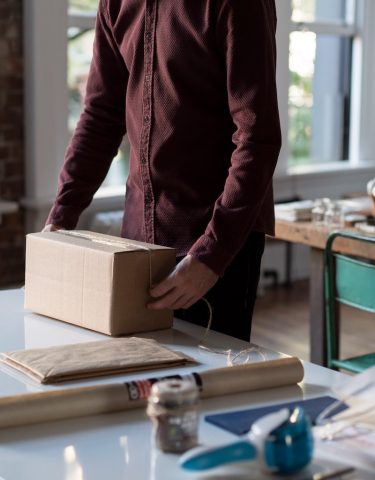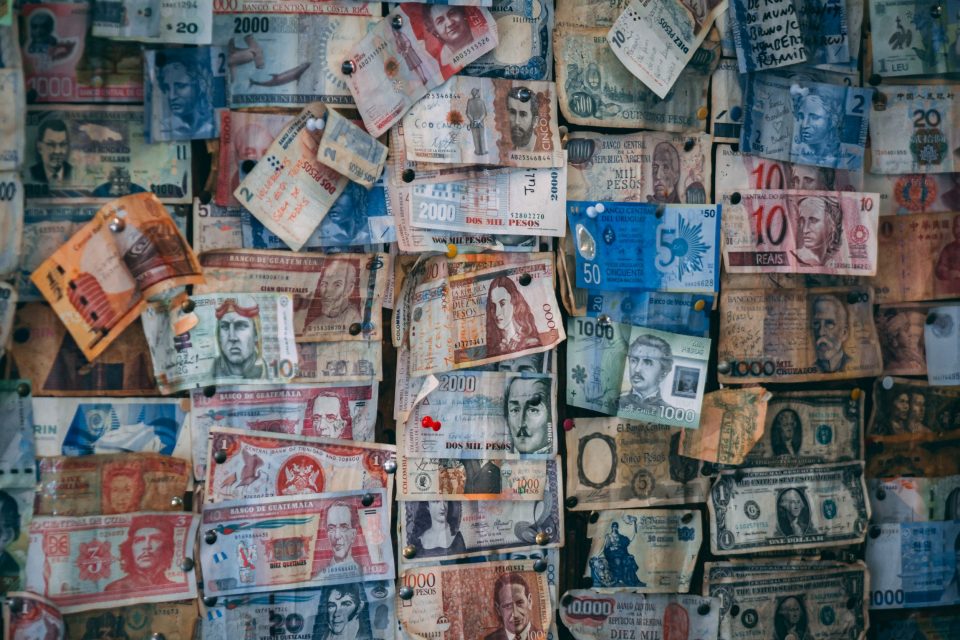How Safe is Paper in the Time of COVID-19?

Types of Paper for Art
June 30, 2020
Why we should celebrate Paper Bag Day
July 9, 2020
Well, paper is actually pretty safe!
There are still many things we don’t know about the pandemic the world is experiencing right now, but one of the areas we do understand is how the virus behaves on certain surfaces.
It is natural for us all to be concerned about the spread of COVID-19.
When “#stayhome has become the script for our daily life, many of us are relying on deliveries to our homes for essential services, medicines and food. However, one of the major concerns has been the safety of our mail and home deliveries.
This was one area that was understood early on in the pandemic, thanks to some detailed research from National Institutes of Health, CDC, UCLA and Princeton University scientists in The New England Journal of Medicine.
Better than paper just copper
The research published in the New England Journal of Medicine looked at how long the virus could be detected on different materials, including paper, metals, and plastics.
The researchers found that of all the materials tested, the virus could survive least well on copper. It was largely absent after half an hour on a copper surface and completely undetectable after 4 hours on copper.
By contrast, the virus could survive well on stainless steel and plastic surfaces. It was detectable up to seven days later on these surfaces.
Cardboard was also shown to be relatively safe. The longest the virus was detectable on a cardboard surface was 24 hours.
The report’s findings were summarised in an explainer paper from industry organization Two Sides.
The safety of paper packaging
The research has demonstrated that paper is a safer packaging material than plastic in our battle against the continued spread of coronavirus. Although there is still some risk, it is considerably lower.
It is nonetheless important to maintain safety guidance: washing hands frequently, disinfecting frequently touched objects or surfaces, and the avoidance of touching your eyes, nose, and mouth.
Building on the trend for sustainable packaging
The relative safety of paper in the transmission of the virus is likely to speed up the already existing trend towards paper and away from plastic packaging.
For example, in November 2019, the German frozen food company Frosta announced it would start selling its products in paper bags from January. This move would gradually replace Frosta’s 40 million plastic packages produced per year with tear-resistant and compostable paper bags.
With the new health incentive to make the switch to more sustainable paper packaging, this trend is likely to continue with renewed urgency.
Keep in touch safely through paper
“Social distancing” is also the new normal mantra in our daily life. However, physical separation should not stop us from keeping in touch with family, friends, or co-workers.
Why not surprising your dear ones with a handwriting letter, a postcard, or a surprise box. Check Navigator paper initiative “Keep in Touch,” scavenge Pinterest or dare your mind to come up with something genuinely original. Whatever your choice will be, paper will surely help you to stay close while staying safe.



